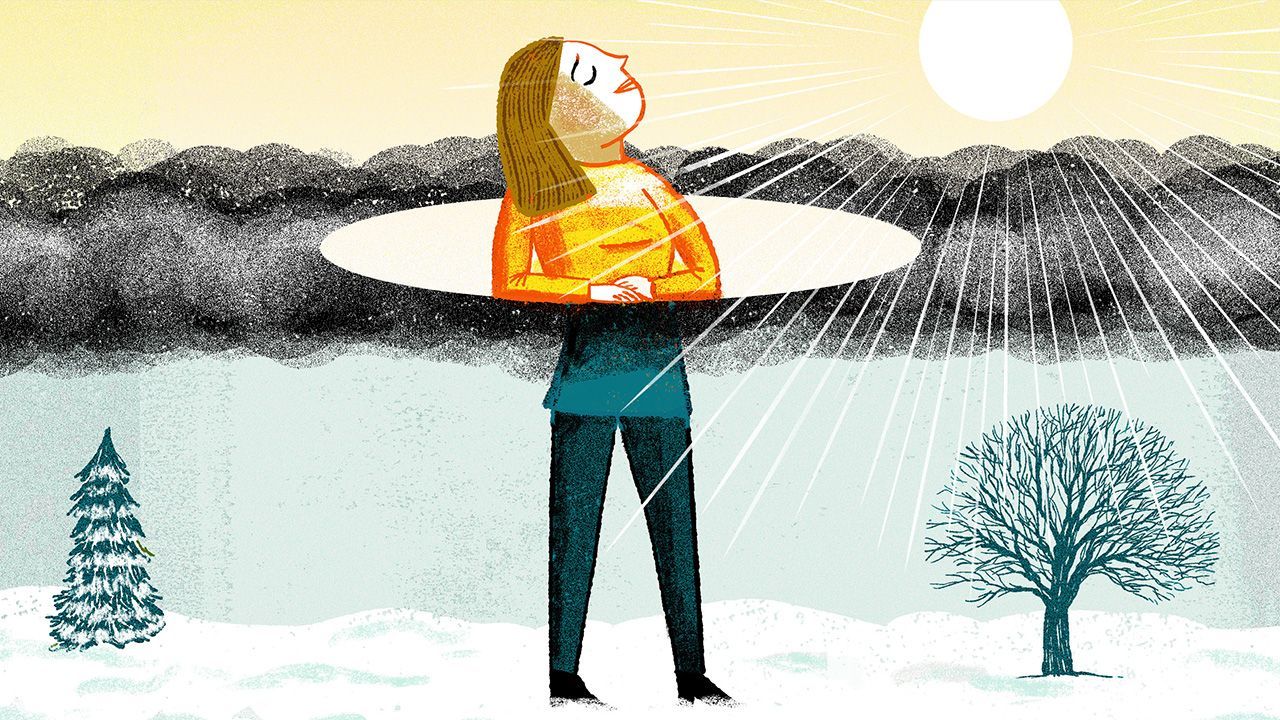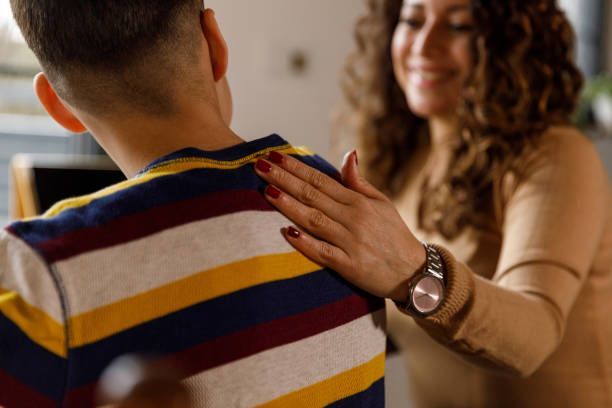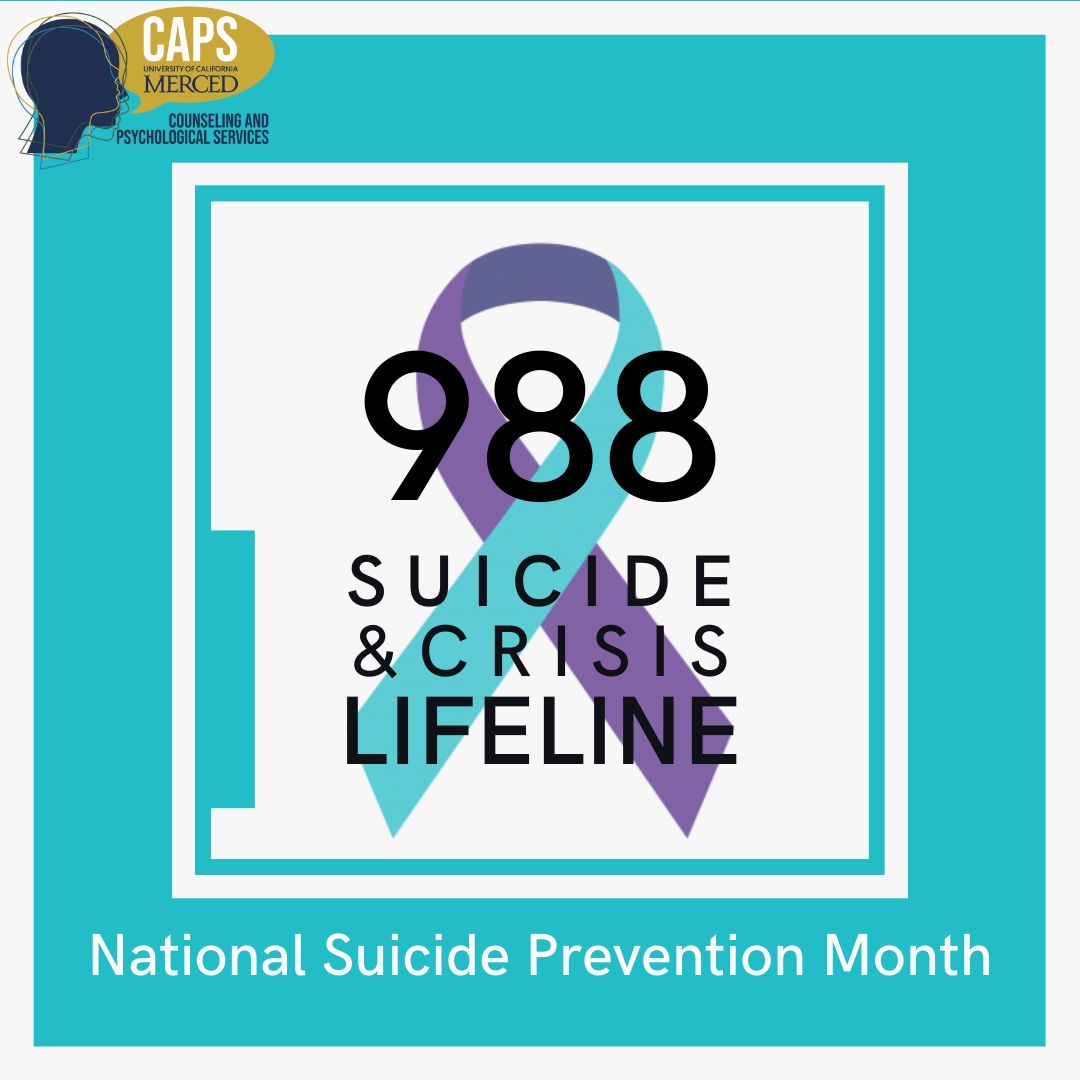It seems to be happening all the time – school shootings, violent attacks at public events, celebrities and public figures being attacked or even killed. When things like this happen, it usually shows up on the television and the internet, people post about it on social media, and people talk about it with others around them. Children and adolescents find out, and they may come to you wanting to talk or to ask you questions. How should you handle it?
These are difficult but important conversations to have. Here are some tips for talking with children and teens about violent events.
Do we have to talk about it?
No one wants to have these types of conversations. It can be tempting to hope that my child won’t notice or won’t be affected by it. Sometimes people worry that they may actually make things worse by bringing it up. The truth is that children and adolescents will find out. If you aren’t part of the conversation with them, you can’t know for sure what they’re hearing and you can’t help them to understand it through the lens of your value system.
Start by asking what they’ve heard.
You want to find out what the child knows (or thinks they know) about what happened. Asking about this helps you to be able to tell if the information they have is accurate and complete. If not, you can correct any misunderstandings or misinformation they may have. You can also check for ways that the child may have filled in the blanks with faulty conclusions. Listening carefully to what your child says, and how they are saying it gives you good insight into the child’s reaction to the event.
Ask what questions they have.
Let their questions guide you. Provide answers in simple and direct terms. Tell the truth and don’t try to sugar-coat it or mislead them. If you don’t know the answer to a question, it’s best to admit that, and validate their desire to know.
Ask what worries them about the event.
Don’t assume that their worries are the same as yours. People’s reactions are influenced by their developmental level, their past experiences, and anything else that comes to their mind when they learn about what happened. Sometimes we can be surprised by what someone else finds most concerning about a situation. Be careful not to be dismissive (“Oh you don’t need to worry about that.”) of anything your child tells you they are thinking or feeling.
Could this happen to me?
When children and adolescents hear about awful things happening to others, they often worry about whether that same thing could happen to them or someone they care about. Adults often want to soothe these worries with promises that it couldn’t happen to them. Such promises are not a good idea. The truth is, in the world today, we can’t make that kind of promise. What we can do is promise that we and other adults in the government, the schools, and other parts of the community are taking steps to keep people safe in the future.
Whose fault is it?
Human beings often look for someone to blame when awful things happen. It’s a natural impulse that sometimes helps people feel as if they are taking control over a situation that made them feel vulnerable and helpless. Blame can also be dangerous and hurtful, especially when it lands on a target that is convenient, but not necessarily responsible for what happened. Blame is also sometimes destructive when entire groups of people are blamed for the actions of one or two individuals who happen to be part of that group, but not representative of the group as a whole.
What if talking about this upsets my child?
Talking about violence is upsetting. Don’t be surprised if your child or adolescent cries, becomes irritable or displays some other form of strong emotional reaction. Keep in mind that they are upset because of what happened, not because you are talking about it. The fact that they feel comfortable expressing those emotions with you is a positive reflection on your relationship. Acknowledge and validate their feelings. Let them know that you feel angry (or sad or scared) too. This shows them that it is OK for them to show you how upset they are.
How can I help?
Talking about violence is upsetting. Don’t be surprised if your child or adolescent cries, becomes irritable or displays some other form of strong emotional reaction. Keep in mind that they are upset because of what happened, not because you are talking about it. The fact that they feel comfortable expressing those emotions with you is a positive reflection on your relationship. Acknowledge and validate their feelings. Let them know that you feel angry (or sad or scared) too. This shows them that it is OK for them to show you how upset they are.
For more additional information regarding, please call 330.433.6075
Mary M. Kreitz, LPC, CDCA has more than 20 years of experience working in the field of behavioral health. She is currently the lead therapist for the Trauma Program at Child & Adolescent Behavioral Health, is a member of the Stark County Trauma and Resiliency Committee, and is a member of the Unity Coalition to Dismantle Racism in Stark County.
RECENT POSTS












